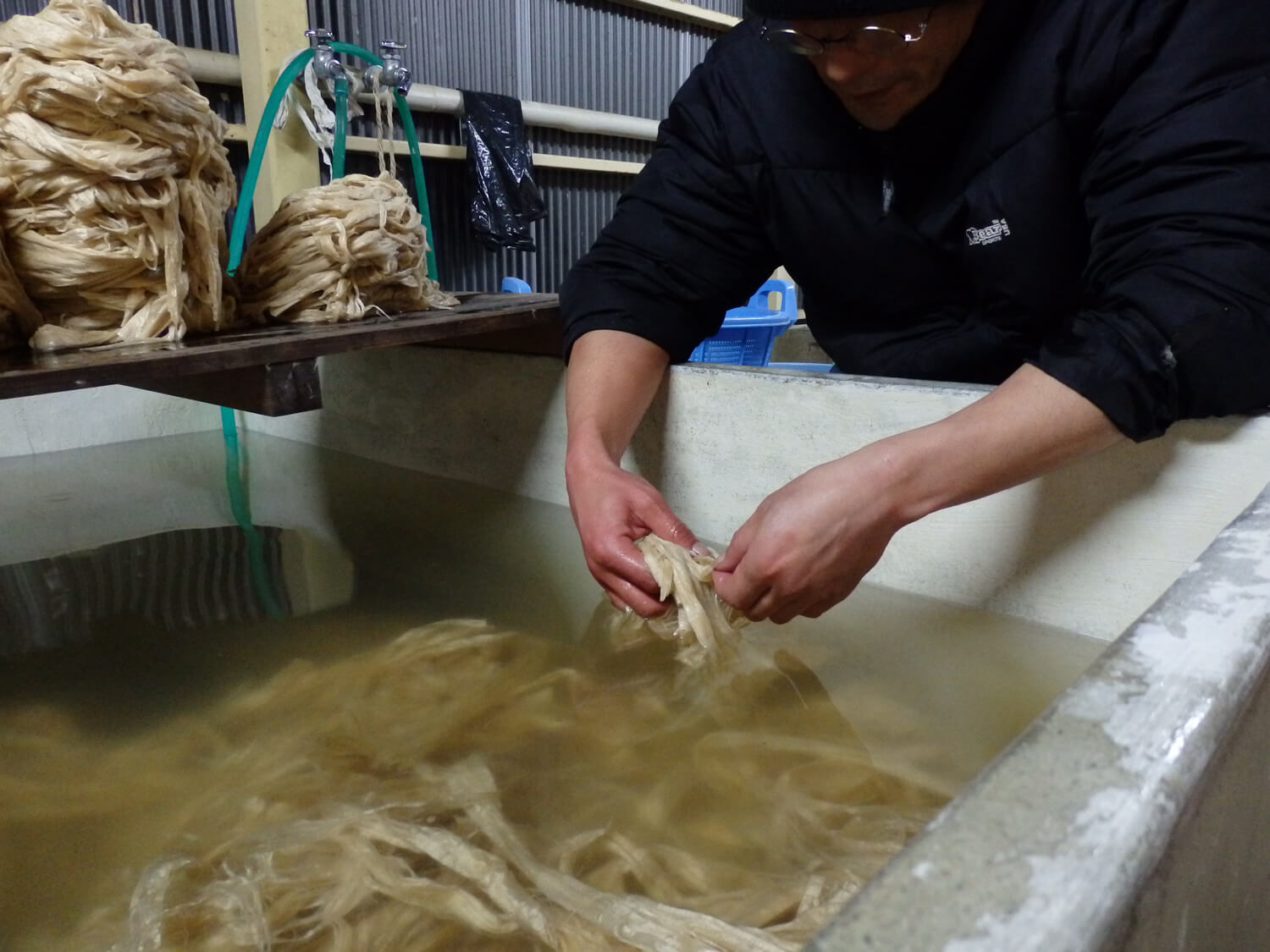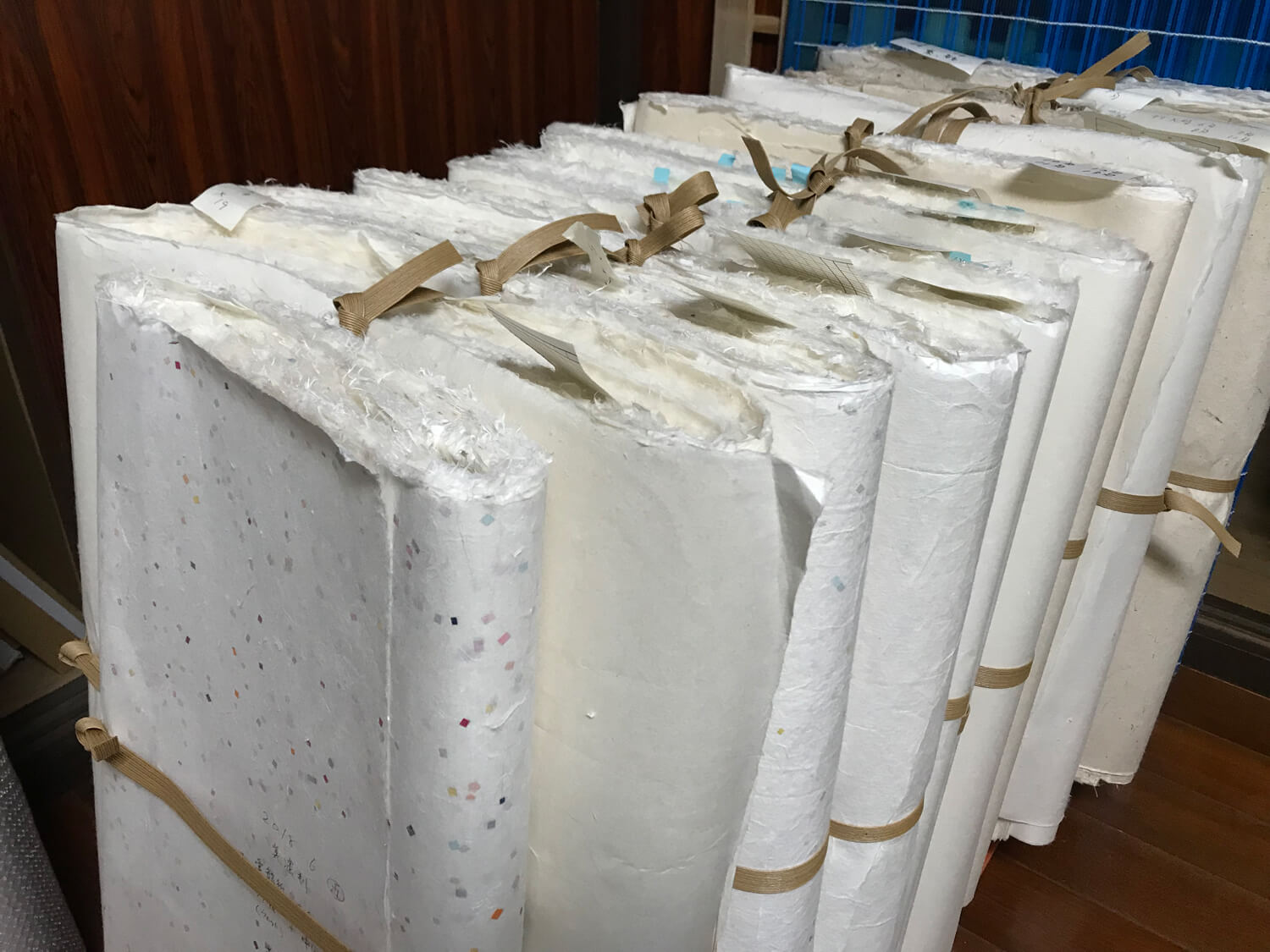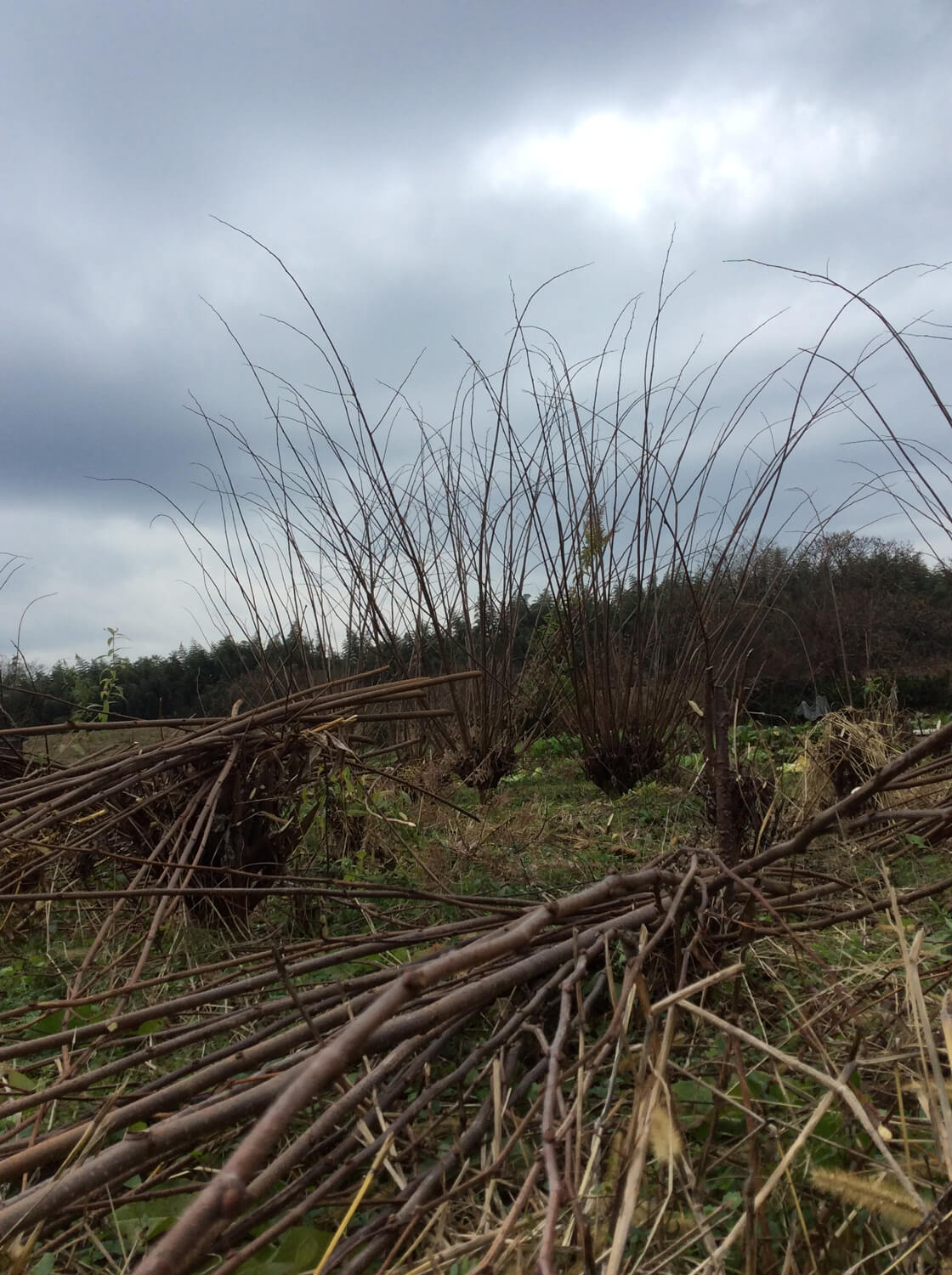Kurotani, the Home of Washi Paper
Situated in the south-east of Kyoto prefecture, the village of Kutorani is still one of the leading producers of washi paper internationally.

Courtesy of Kurotaniwashi washi Cooperative Association
A kind of traditional Japanese paper known for its quality, delicacy and resistance, washi paper has its noble origins in the village of Kurotani, where this unique craft has been honed and developed since 1593. While the production of washi paper originates from China, the manual manufacturing technique was brought to Japan by Buddhist monks in around 610. Initially used for the writing of sacred sutras, washi paper was soon used not only as stationery, but also to decorate sliding doors, handbags and sometimes even clothing. In its glory days, entire towns made their living from its manufacture, like Kurotani.
Situated in the south-east of Kyoto prefecture, the village remains one of the leading producers of washi paper internationally. Its history dates back to 1593, when the surviving soldiers of the defeated Heike clan settled in the valley. The rice harvest earnt them some money in the summer, while the winter months were dedicated to the production of paper. Thanks to its climate and soil, the region was perfect for the cultivation of the kozo, the Japanese mulberry tree, an essential component in the manufacture of washi paper. Demand began to wane in the mid-1950s as artisans were unable to compete with the success of mass-produced, lower quality paper. Today, only around ten artisan families remain. They offer tourists the opportunity to visit their studios to discover the subtleties of the production of this ancestral material.

Courtesy of Kurotaniwashi washi Cooperative Association

Courtesy of Kurotaniwashi washi Cooperative Association

Courtesy of Kurotaniwashi washi Cooperative Association
TRENDING
-
The Tattoos that Marked the Criminals of the Edo Period
Traditional tattoos were strong signifiers; murderers had head tattoos, while theft might result in an arm tattoo.

-
Chiharu Shiota, Red Threads of the Soul
Last year, more than 660,000 people visited the retrospective 'Chiharu Shiota: The Soul Trembles' exhibit at the Mori Art Museum.

-
‘Before Doubting Others, Doubt Yourself. Who Can Truly Say a Dish Isn’t What It Used to Be?’
In ‘A Non-Conformist’s Guide to Surviving Society’, author Satoshi Ogawa shares his strategies for navigating everyday life.

-
The Story of Sada Yacco, the Geisha who Bewitched Europe
Described by Dazed magazine as the first beauty influencer, she has been restored to her former glory since 2019.

-
Ito Jakuchu's Naturalist Paintings
From 15 September until 14 October 2018, the Petit Palais showcased the artist's iconic ‘Images of the Colourful Realm of Living Beings’.





